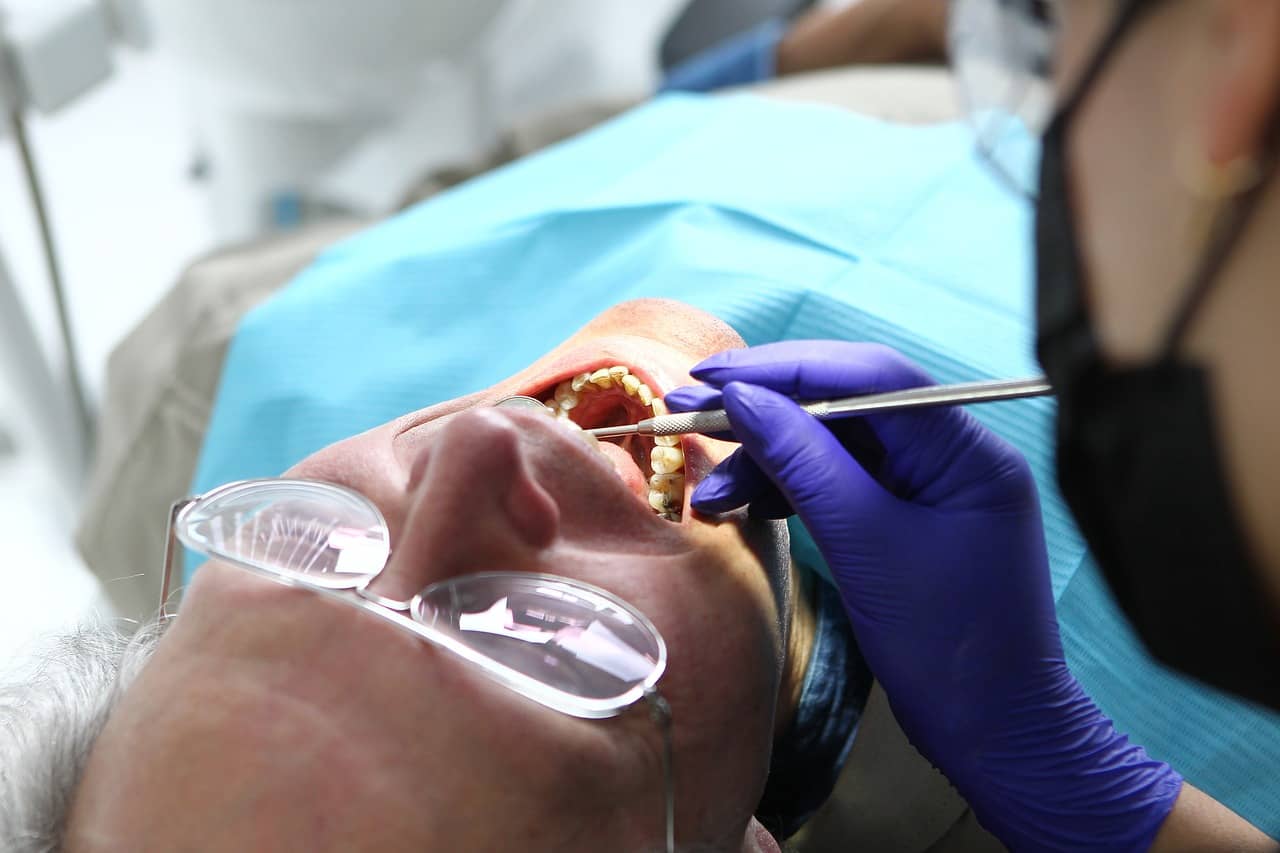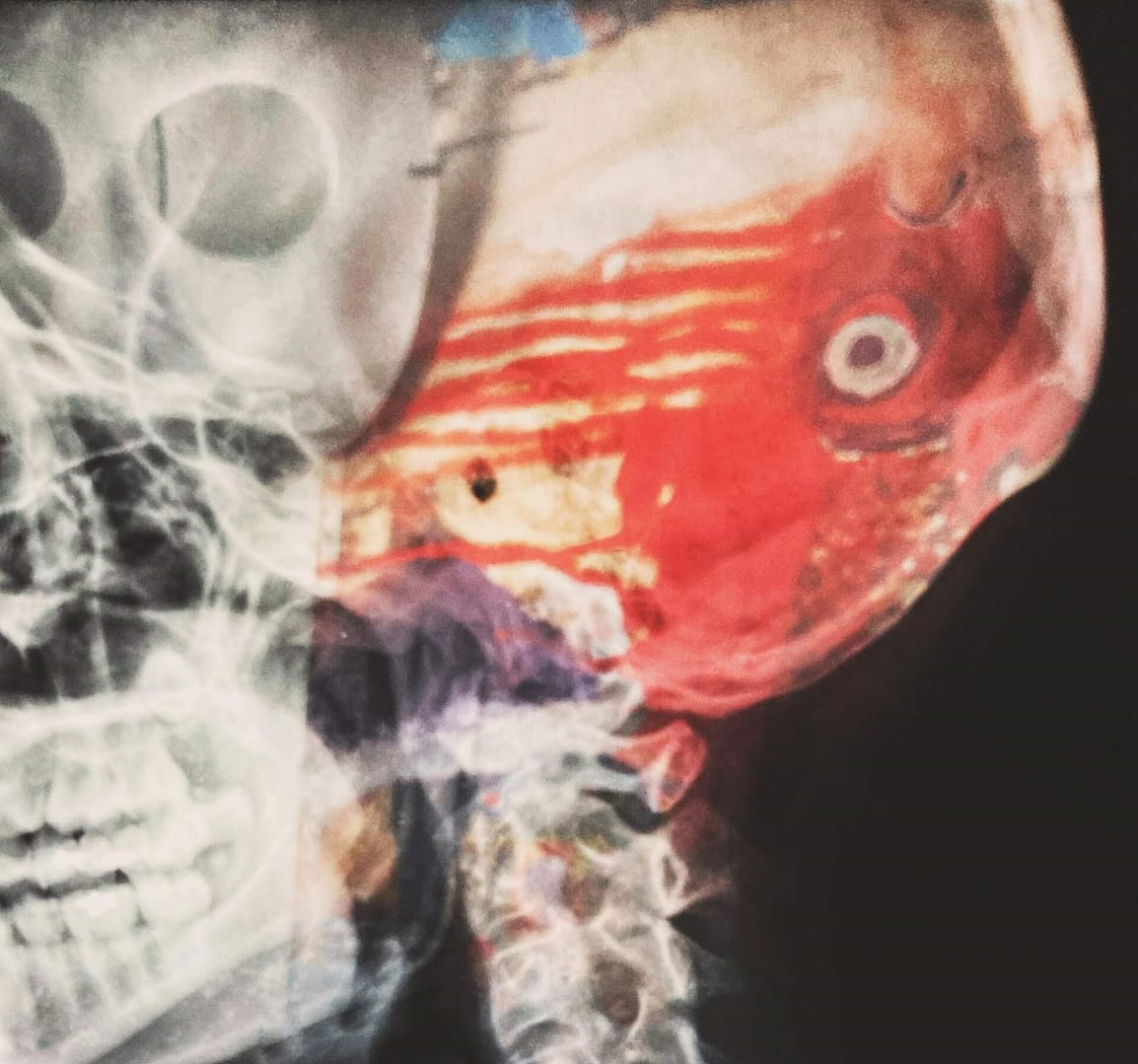Hit and run accident are among the most frustrating and traumatic events a driver or pedestrian can experience. The suddenness of the incident, compounded by the fleeing driver, can leave victims feeling helpless and uncertain about what steps to take next. However, gathering crucial evidence at the scene and utilising available resources can help increase the likelihood of identifying the responsible driver. This article outlines the key pieces of evidence that can aid in identifying a hit-and-run driver and increasing the chances of holding the perpetrator accountable.
Every death and serious injury on the road is a preventable tragedy. On average, five people die every day in the UK, and 80 are seriously injured, based on a 10-year average from 2014 to 2023. In London 2019, there were 5,662 pedestrian injuries, including 229 from collisions with cycles and 5,433 with other vehicles. Alarmingly, 1,682 pedestrians were injured in hit-and-run accidents involving other vehicles, while 71 were hurt in similar incidents with cycles.
1. Eyewitness Accounts
Eyewitness testimony is often one of the most valuable forms of evidence in any accident, including hit-and-runs. People who witnessed the incident can provide critical information, such as:
- Description of the vehicle: Even partial details about the vehicle can make a significant difference. Note the car’s make, model, color, and any distinguishing features (e.g., damage, decals, or stickers).
- Driver’s description: In some cases, a witness may have seen the driver’s face or unique features, such as clothing or hairstyle.
- The direction the driver fled: Understanding where the driver went after the accident can assist authorities in narrowing down search areas or reviewing nearby surveillance footage.
If you are a witness or victim of a hit-and-run, it’s important to cooperate with law enforcement and provide as much detail as possible. This can help investigators build a clearer picture of the incident.
2. Report the Hit and Run Accident to the Police
If you’re involved in a hit-and-run accident, it’s crucial to report the incident to the police within 14 days. Gathering as much evidence as possible, such as witness details, vehicle descriptions, and any available video footage, can significantly help your case. However, if you’re unable to collect evidence on your own, don’t worry. At National Claims, we can connect you with experienced solicitors who will guide you through the claims process and ensure you receive the support and compensation you deserve.
The Role of the Motor Insurers’ Bureau (MIB)
In cases where the hit and run driver cannot be traced, the Motor Insurers’ Bureau (MIB) may be able to help. The MIB is an organisation funded by the UK insurance industry to compensate victims of uninsured and untraced drivers.
To make a claim through the MIB, you’ll need to provide evidence that you’ve been involved in a hit and run accident and that the driver cannot be traced. Your solicitor can assist you in gathering the necessary evidence and submitting your claim to the MIB.
3. Traffic Cameras and Surveillance Footage
In today’s connected world, traffic cameras and nearby surveillance systems have become a vital resource in identifying perpetrators. Many cities have a network of traffic cameras that monitor traffic flow and capture accidents. These cameras can provide:
- Footage of the accident: Videos from traffic cameras can help determine the exact moment of the collision, the vehicle’s movement, and sometimes even the vehicle’s registration number.
- Nearby CCTV footage: Businesses, homes, and other public areas may have CCTV systems that capture footage of the area surrounding the accident. These can help track the fleeing vehicle’s route.
In some cases, law enforcement can request footage from these cameras. However, for private CCTV systems, the property owner’s cooperation may be required. It’s always helpful to know if any businesses or homes near the accident have cameras that might have recorded the incident.
3. Vehicle Debris and Paint Scraps
After a hit-and-run, debris left at the scene can serve as vital evidence. This can include:
- Broken pieces of the vehicle: Scraps of plastic, metal, or even mirrors might have fallen off the vehicle during the collision.
- Paint transfer: If the hit-and-run driver made contact with another vehicle or object, paint marks or chips could be left behind. These marks can sometimes match the color and type of the fleeing vehicle.
Police will typically collect any debris found at the scene for further analysis, so it’s important not to disturb the scene as much as possible before authorities arrive.
4. Dashcam Footage
In an era where many drivers use dashboard cameras, these devices can be a lifesaver in identifying a hit-and-run driver. Dashcam footage can capture:
- The accident itself: In some cases, the entire incident is recorded, including details of the vehicle involved in the hit-and-run.
- Fleeing vehicle details: Dashcams often capture the license plate number of the other vehicle, making it easier for police to identify the suspect.
If you were involved in a hit-and-run and have a dash cam, make sure to save and hand over the footage to law enforcement as soon as possible.
5. Mobile Phone GPS and Location Tracking
For pedestrians or cyclists involved in a hit-and-run, or even drivers who are unsure about the fleeing vehicle’s path, smartphone apps with GPS or location tracking can provide valuable information. Features such as:
- Location history: Some smartphones automatically track your location throughout the day, and this data may help determine the direction in which the hit-and-run driver fled.
- Traffic apps: Apps like Google Maps can help identify traffic patterns and potential routes the driver might have taken.
In some cases, sharing this data with investigators can help them establish a clearer timeline of the incident.
6. License Plate Recognition Technology (LPR)
License Plate Recognition (LPR) technology uses cameras to scan and read license plates automatically. Many cities have installed LPR systems at key traffic intersections and along major highways. If the vehicle fled into an area covered by LPR technology, there is a chance the vehicle’s license plate was recorded and can be traced back to the owner.
7. Forensic Evidence
In cases where physical evidence is available, forensic analysis can also help identify a hit-and-run driver. Investigators may be able to match pieces of broken vehicle parts, such as headlights or taillights, with specific vehicle models. This type of analysis can lead to identifying the make, model, and sometimes even the year of the vehicle involved.
How Much Compensation Can You Claim?
Compensation varies depending on the severity of your injuries, property damage, and financial impact. If you’ve been physically or psychologically hurt, you may be entitled to the following:
| Type of Damage or Injury | Estimated Compensation |
|---|---|
| Minor injuries (e.g. whiplash) | £1,000 – £3,500 |
| Moderate injuries | £4,000 – £15,000 |
| Serious injury or permanent damage | £20,000 – £100,000+ |
| Psychological trauma (PTSD, anxiety) | £3,000 – £20,000+ |
| Loss of earnings | Based on actual loss incurred |
| Car repairs or replacement | Full cost recoverable (with proof) |
At National Claims, we ensure that every aspect of your experience — physical, emotional, and financial — is factored into your claim.
Conclusion
Identifying a hit-and-run driver may seem daunting, but with the right evidence, there is a strong possibility of bringing the responsible party to justice. Victims should take immediate steps to gather witness statements, capture any available footage, and preserve any debris or evidence left at the scene. Additionally, leveraging modern technologies such as dashcams, mobile phone tracking, and LPR systems can significantly aid in solving the case. Prompt reporting to authorities and working with legal experts can ensure that the right compensation and justice are achieved for those affected by hit and run accident.
If you’ve been involved in a hit-and-run accident, don’t face the process alone. At National Claims, we connect you with expert solicitors who specialise in personal injury cases. They will guide you through every step of your claim, ensuring that you receive the compensation and support you deserve to help you recover. Let us help you get the justice you need.
People Also Ask
1. Can you claim compensation if the hit-and-run driver is not found?
Yes. You can claim through the Motor Insurers’ Bureau (MIB), which handles uninsured and untraced driver claims in the UK.
2. Is leaving the scene of an accident illegal in the UK?
Yes, under the Road Traffic Act 1988, it’s a criminal offence to leave the scene of an accident without stopping and providing your details.
3. What if I only have partial details of the other vehicle?
Partial information such as vehicle colour, type, or even the first few characters of a number plate can still be useful to police and MIB investigators.
4. How long do I have to make a hit-and-run claim?
You typically have three years from the date of the accident to make a personal injury claim, but it’s best to start as early as possible.
5. Will claiming through MIB affect my no-claims bonus?
If you weren’t at fault, your no-claims bonus should remain unaffected, but it’s best to check with your insurer as policies vary.
Making a Road Traffic Accident Claim with National Claim
At National Claims, we understand the profound impact of hit and run accident can have on your life and the lives of your loved ones. If you’ve been injured in an accident caused by another driver’s negligence—whether due to fatigue, distraction, or recklessness—we are here to help. If the responsible driver cannot be traced, we can also assist you in claiming compensation through the Motor Insurers’ Bureau (MIB). The MIB provides support for individuals who are injured in accidents involving uninsured or hit-and-run drivers, ensuring that you still have access to compensation for your injuries and losses. Our experienced solicitors will guide you through every step of the claims process, helping you secure the justice you deserve.
Free Consultation
We recognise that every road traffic accident case is unique, and we’re here to offer you a free, no-obligation consultation to discuss your specific situation. During this consultation, we’ll listen attentively to your experience, gather relevant details about the accident, and assess the potential strength of your claim.
Our team will then connect you with a qualified solicitor from our panel who specialises in road traffic accident claims, ensuring that you receive the expert legal representation needed to pursue your case effectively.
*Customers pay up to 25% (incl. VAT) of the amount recovered towards solicitor costs and if you cancel outside your cooling off period, you may be charged a fee.
Contact us today to speak to one of our claims agents who will be able to help you get started on your claim.
Click below to see why we are one of the UK’s most trusted claims management companies.

We’re proud of our excellent customer reviews
We thrive on delivering exceptional service and ensuring our clients’ satisfaction. Don’t just take our word for it. Check out some of our independent reviews to see what our clients have to say.
Excellent

This firm is excellent, they sorted out my car pay out and injury claim very fast, they always communicate with you all the time.

My accident case was dealt with confidence and with great result of the outcome, especially James kept me informed all the time.

I was very impressed at the way my inquiry was treated. I was listened to attentively and everything I needed to know was explained to me.






